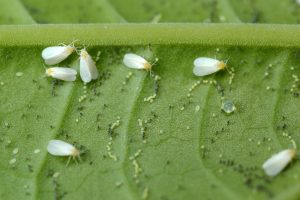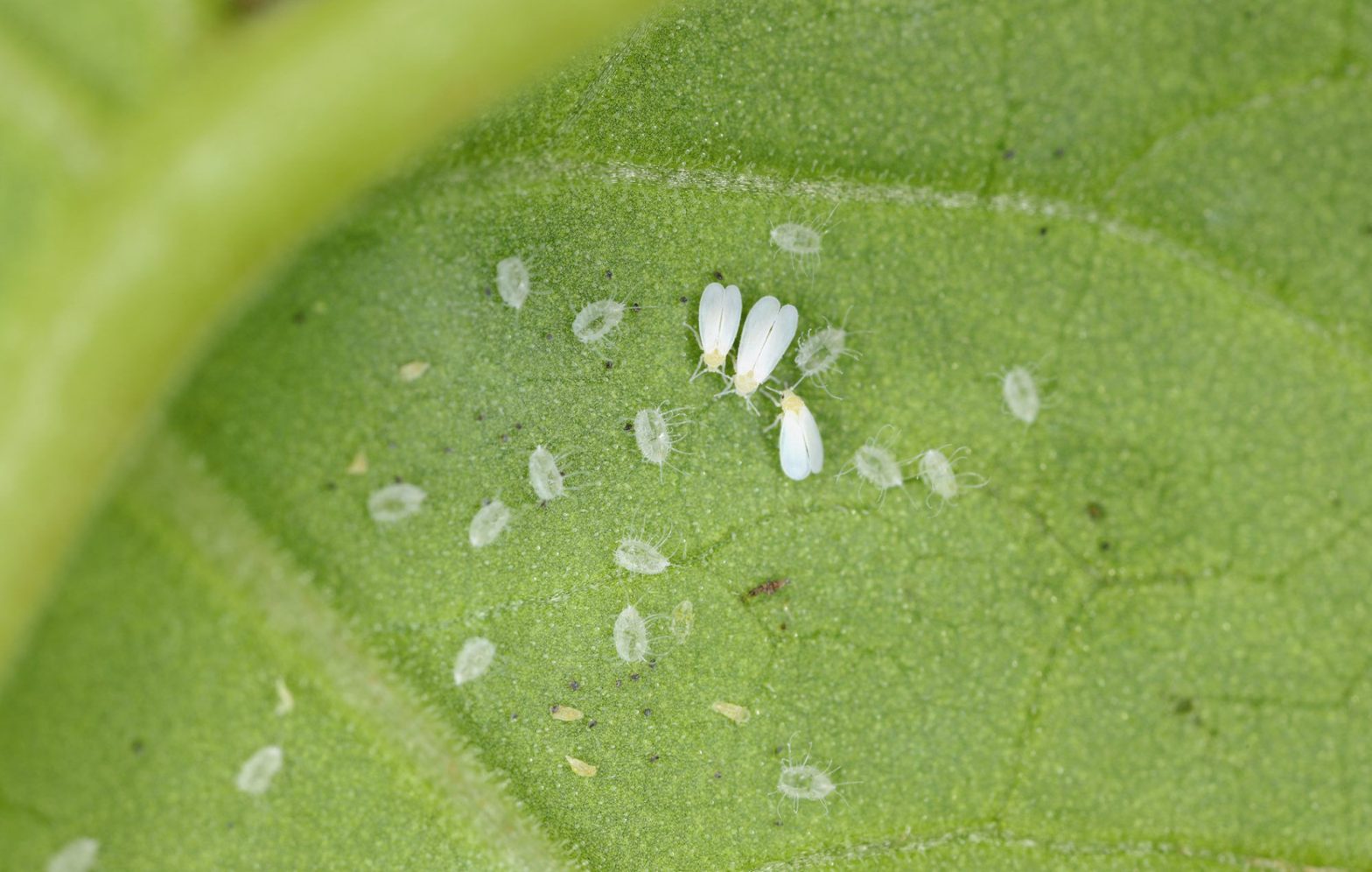Top Indoor Pests to Watch For
1. Cockroaches
Description: Cockroaches are hardy insects that thrive in dark, damp areas.
Risks: They spread bacteria, worsen asthma, and contaminate surfaces.
Prevention Tips:
Keep kitchens clean and dry.
Fix leaks promptly.
Use cockroach baits or traps.
2. Ants
Description: Ants form colonies and frequently invade homes in search of food.
Risks: They contaminate food and can damage structures in the case of carpenter ants.
Prevention Tips:
Store food in airtight containers.
Seal cracks and entry points.
Clean up spills and crumbs immediately.
3. Rodents (Mice and Rats)
Description: Rodents are small mammals that can enter homes through small openings.
Risks: They chew on wires, spread diseases, and contaminate food.
Prevention Tips:
Block entry points with steel wool or caulk.
Store food in sealed containers.
Set traps or call a pest control service.
4. Termites
Description: Termites are silent destroyers that feed on wood and cellulose materials.
Risks: They cause extensive structural damage over time.
Prevention Tips:
Avoid wood-to-ground contact near your home.
Schedule annual termite inspections.
Use bait systems or professional treatments.
5. Flies
Description: Flies are fast-breeding pests that are often found near food and garbage.
Risks: They carry bacteria and pathogens that can cause illnesses.
Prevention Tips:
Use screens on windows and doors.
Keep trash bins tightly sealed.
Clean drains regularly.

6. Bed Bugs
Description: Bed bugs are tiny insects that feed on human and animal blood, often found in mattresses and furniture.
Risks: They cause itchy bites and disrupt sleep.
Prevention Tips:
Inspect second-hand furniture before bringing it home.
Wash bedding and linens frequently.
Use protective mattress encasements.
7. Spiders
Description: While most spiders are harmless, some, like the black widow and brown recluse, can be dangerous.
Risks: Their bites can cause mild to severe reactions. https://gekapestmanagement.com.au/health-risks-of-rodents/
Prevention Tips:
Keep storage areas clutter-free.
Remove spider webs regularly.
Use natural repellents like essential oils.
How to Identify Indoor Pests
Signs of Infestation
Droppings: Found in areas like kitchens, pantries, and basements.
Property Damage: Chewed wires, gnawed wood, or damaged furniture.
Odors: Unusual smells may indicate a pest presence, such as rodents or cockroaches.
Noises: Scratching sounds in walls or ceilings, often caused by rodents.
Where to Look for Pests
Kitchens: Food crumbs and spills attract pests like ants and cockroaches.
Bathrooms: Damp environments can harbor silverfish and cockroaches.
Basements and Attics: Dark, secluded spaces are ideal for rodents and spiders.
Preventing Indoor Pest Infestations
Maintain Cleanliness
Vacuum regularly to remove crumbs and debris.
Wipe down countertops and dining areas daily.
Dispose of garbage promptly in sealed bins.
Seal Entry Points
Repair cracks in walls and foundations.
Use weather stripping on doors and windows.
Install mesh screens over vents.
Eliminate Water Sources
Fix leaks in pipes and faucets.
Avoid overwatering indoor plants.
Keep basements and bathrooms dry.
DIY Pest Control Methods
Natural Remedies
Essential Oils: Peppermint and lavender oil repel ants and spiders.
Vinegar Spray: Works well against ants and flies.
Diatomaceous Earth: Effective against insects like cockroaches and bed bugs.
Store-Bought Solutions
Set up traps for rodents and larger pests.
Use bait stations for ants and cockroaches.
Apply insecticides cautiously, following safety guidelines. For termite inspections tweed heads, see here.
When to Call a Professional
While DIY methods can handle minor pest issues, severe infestations often require professional intervention. Pest control services offer:
Accurate Identification: Determine the specific pest and its source.
Effective Treatments: Apply industry-grade solutions for long-term results.
Preventative Measures: Implement steps to minimize future infestations.
Conclusion
Keeping your home pest-free requires vigilance, cleanliness, and preventive measures. Understanding the most common indoor pests—such as cockroaches, ants, and rodents—can help you tackle infestations effectively. While DIY solutions can address minor issues, don’t hesitate to seek professional help for persistent or large-scale problems. Contact us for help.
By staying proactive, you can protect your home, health, and peace of mind from the disruptions caused by indoor pests. Pest control in banora point here.


